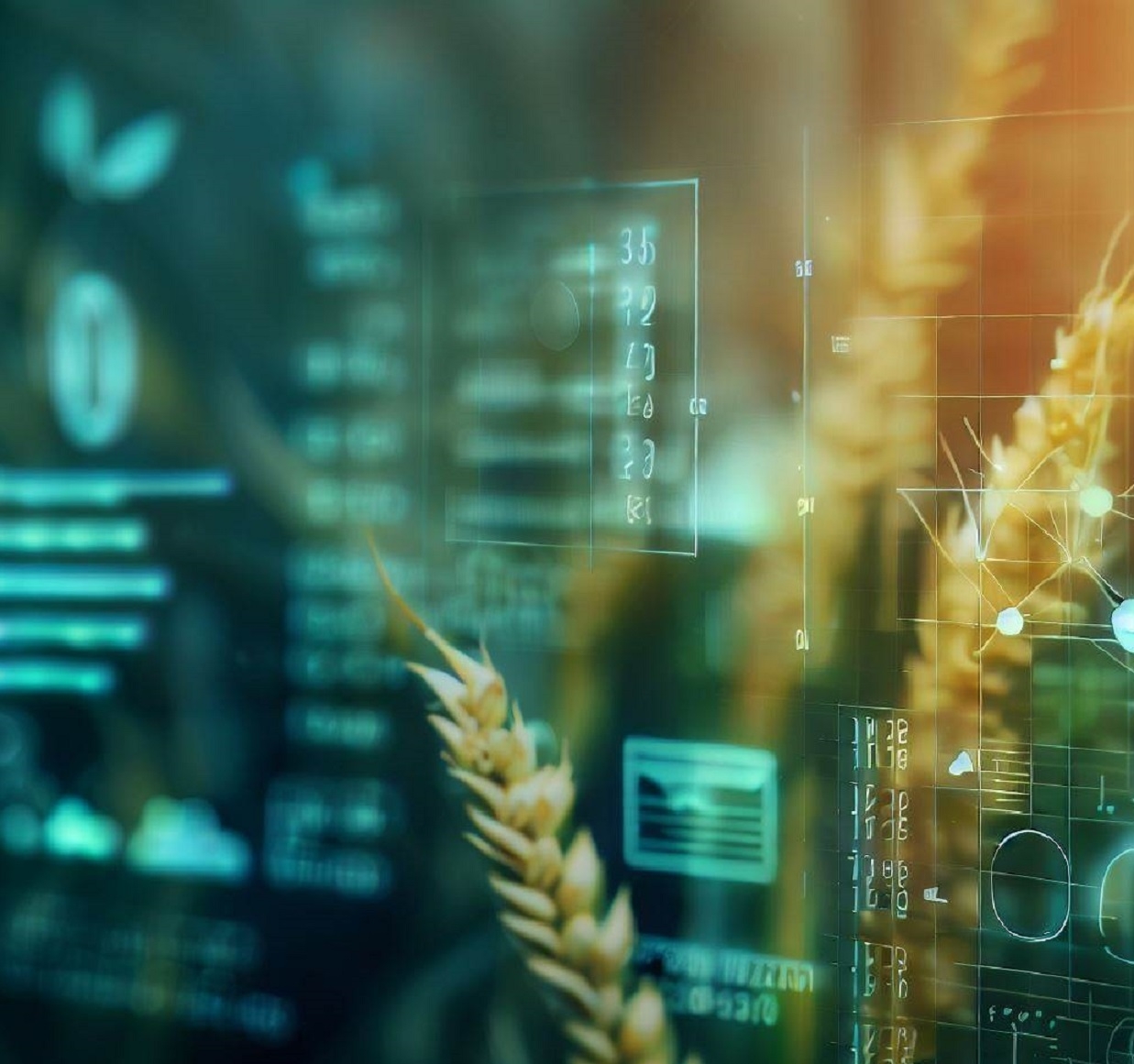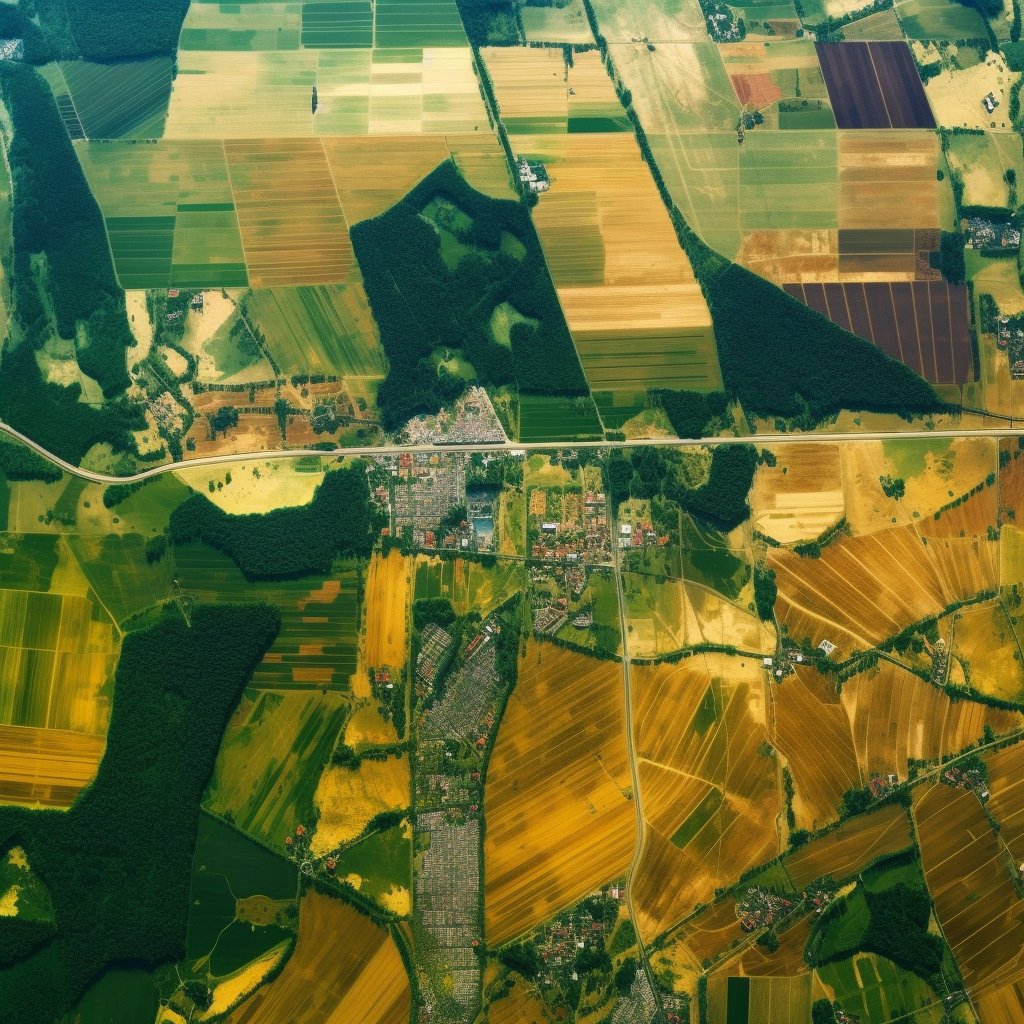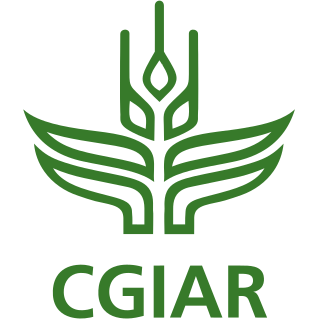Development and demonstration of agricultural Earth Observation (EO) products and workflows based on the Sentinel missions of the European Union (EU) Copernicus program which support the agricultural statistics and can be integrated in the National Statistical Offices (NSO) environment
User Stories
User Stories
News
Team
Forum / Resources / Contact

Overview of Sen4Stat
Read complete overviewOver the last decade, food security has become one of the world’s greatest challenges. To effectively address this challenge, a wide range of timely data and information on food production, agricultural practices and natural ressources is required to be available, analyzed and understood. The requirements for agriculture information are quite specific because of the strategic importance and the dynamic nature of food production, food availability and food prices in any country.
Agricultural monitoring at national scale is a prerequisite for assessing and analyzing the agricultural resources by mandated authorities, usually the agricultural National Statistical Offices (NSOs). In general NSO collect national agricultural monitoring data using farm and household surveys. Recognizing the limitations of the current agricultural data collection in developing, emerging as well as in industrialized countries, key international bodies and UN agencies aim to improve and enhance the current practices in agriculture data collection and have referred to the potential of satellite Earth Observation for agricultural statistics.
The objective of the Sen4Stat project is to facilitate the uptake of EO information by the NSOs supporting the agricultural statistics. Special attention will be given developing and demonstrating EO products and best practices for agriculture monitoring relevant for SDG reporting and to monitore their progress at national scale.

Strenghthening agriculture with EO & statistics
To system download
- 10-m optical cloud-free and SAR temporal syntheses.
- Time series of spectral indices (NDVI, NDWI, coherence, etc.) and biophysical variables (LAI, FAPAR, FCover).
- 10-m crop type maps along the season based on in situ dataset and stratification.
- Large set of crop growth condition metrics (including meteorological data).
- Crop yield estimation at various aggregation levels (national, regional, etc.).
It is associated with statistical modules to integrate these EO products with statistical surveys and support improved agricultural statistics. Sen4Stat is an open source operational solution for national processing and for local applications, in near real-time along the satellite data acquisition or off-line, on the cloud or locally. It is easily configurated through a graphical user interface to launch the production and monitor the
Our system is designed to be versatile, whether you want to use it locally or on the cloud. You can download the necessary package for free and start exploring it right away!
What we provide

Cost efficiency
Using EO data in a statistical framework to maximize the statistics accuracy (i.e. low variance) at low cost (free data, «simple» methods).
Spatial Disaggregation
Using EO data to allow statistics disaggregation at over smaller administrative areas (e.g. province, county).
Sampling design
Using EO data to support the building of an area sampling frame and to find the optimal samples size and segments size.
Estimates Timeliness
Using EO data to forecast statistics before the official publication and possibly, provide seasonal estimates.
Reduce uncertainties in survey data
Using EO data to support the calculation of specific indicators of interest for the SDG’s reporting.
SDG's reporting
Using EO data to contribute to increasing the quality of the ground data collected through official agricultural surveys.User Stories
Browse all user storiesOur Latest Updates
Browse all newsProject Team
UCLouvain-Geomatics - Université Catholique de Louvain
The UCLouvain-Geomatics research group is headed by Prof. Pierre Defourny and is part of the Earth and Life Institute (ELI) of the Université Catholique de Louvain. ELI is one of the largest research institutes at the UCLouvain (Louvain-la-Neuve, Belgium). It aims at understanding the functioning of our planet for the development of sustainable solutions. At the convergence between societal issues and scientific challenges, ELI has the ambition to address the complexity of the Earth related systems at multiple spatial and temporal scales. ELI groups five research teams and gathers more than 300 scientists, covering a wide range of disciplines in the Earth & Life sciences.CS GROUP - Romania
CS GROUP - Romania was founded in 1991 by a group of research engineers and university professors, under the name of AEIC (Automation, Electronics, Informatics and Consulting), and joined the CS Communication & Systèmes Group in 1998, becoming an excellence center of software services for Aeronautics, Space, Energy & Industry and Transportation, as well as an outsourcing center for development and maintenance of software applications. Building on the expertise of its founders and CS GROUP, CS RO developed three main business lines: Development and Maintenance of Software Applications, Embedded Systems and Command & Control Systems.CLS
CLS Group is a global company that design and deploys space-based solution to understand, protect and manage the planet's ressources sustainably. There are currently about 60 staff members working in CLS Lille (subsidiary of CLS Group) with a turnover of 4,045 million Euros in 2016. For nearly 30 years, the company has been producing geographical data based on satellite and airborne platforms (aircraft and drones) but also based on in situ measurements. Its experience is recognized throughout the world. CLS Group delivers to its clients (national and supranational institutions, local governments and corporations) a wide range of services and solutions for decision-making.UPM - Universidad Politécnica de Madrid
UPM is the largest Spanish technological university specialized in all engineering fields and architecture. With two recognitions as Campus of International Excellence, its outstanding research activity together with its highly-qualified professional trainings make UPM a competitive university at international level. More than 2.400 researchers carry out their activity at the UPM, grouped in more than 200 Research Groups, 20 Research Centers or Institutes and 55 Laboratories, all of them committed to transform the knowledge generated into innovation advances applied to the productive sector, contributing to solve the challenges of the European citizens.Steering Committee
Forum / Resources / Contact

Visit Sen4Stat Community!
TO SEN4STAT FORUM
Access Sen4Stat Ressources!
CLOUD ACCESS
Contact Us!
CONTACT

















